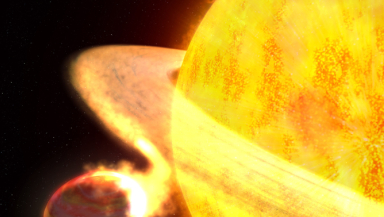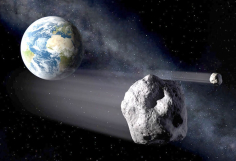
Stars look very innocent and captivating when you look at them in the night sky, twinkling and seemingly harmless.
A new study by an international team of astronomers, however, revealed that stars experience violent youths, and even devour clumps of matter that can form into planets.
Researchers from the National Institutes of Natural Sciences (NINS) in Japan used the Subaru Telescope, located at the Mauna Kea Observatories in Hawaii, to examine young stars or "protostars" known as FU Orionis objects.
While observing the young stars located between 1,500 and 3,500 light years from the Milky Way, astronomers found things that they described as "surprising, fascinating" and "nothing like anything previously observed around young stars."
The researchers saw "tails" projecting around the stars believed to be from protoplanetary material, or those materials that give rise to new planets. There were also spikes of gas and dust.
These indicate a morbid story: The young stars are eating would-be planets.
Using computer simulations, the astronomers were also able to draw the supposition that the protoplanetary disks of newly formed stars could be gravitationally unstable and can fragment. These materials create dense clumps of gas that can collide with the stars, making them grow, creating bright bursts of light.
Study lead author Hauyu Baobab Liu, an astronomer at the Academia Sinica Institute of Astronomy and Astrophysics in Taipei, Taiwan, said these findings reveal violent portions of a star's youth that has been thought to be relatively peaceful all along.
"We suggest a previously unrecognised evolutionary stage in the formation of stars and protoplanetary disks," Liu told Space.com.
The researchers also said the results of this study offer a "promising explanation for the nature" of young stars, although they admit that further studies and computer simulations have to be done to discover how stars really form and develop.















